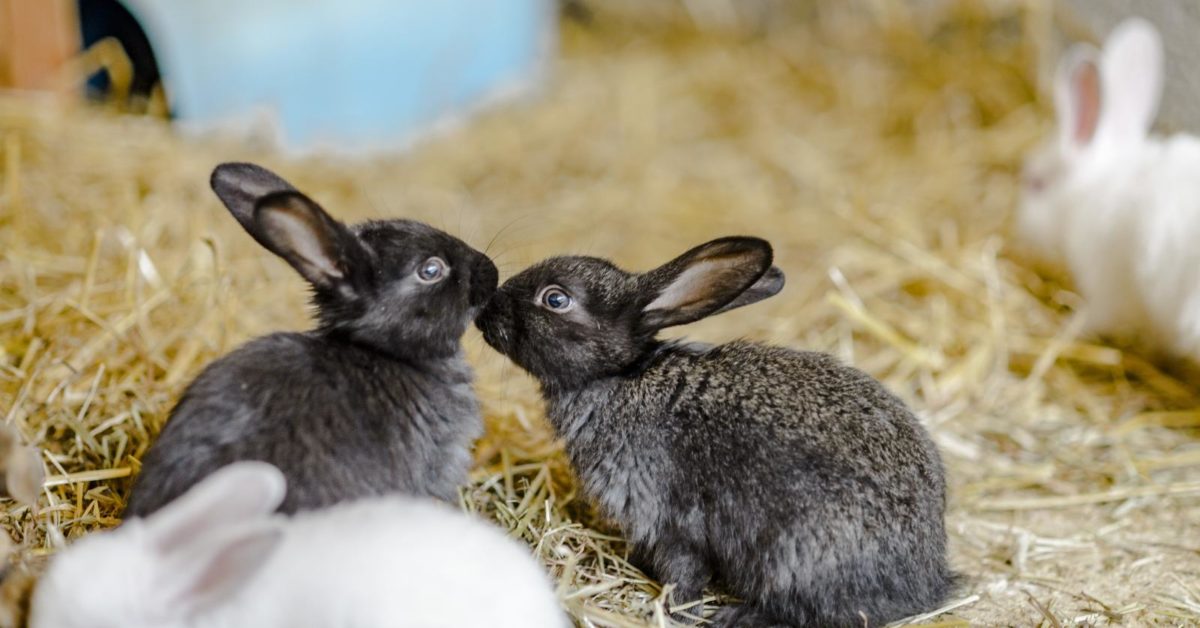Exploring the Crepuscular Habits of Rabbits
A. Activity Patterns at Dawn and Dusk
Rabbits are most active during the early morning and late evening hours, making them crepuscular animals. During these times, rabbits emerge from their burrows to forage for food, engage in social interactions, and perform other essential activities.
B. Reasons Behind Crepuscular Behavior
The crepuscular behavior of rabbits is thought to be an adaptation to avoid predators while still maximizing opportunities for feeding and socializing. By being active during dawn and dusk, rabbits can take advantage of low predation risk while also making efficient use of available resources.
Adaptations for Crepuscular Activity
A. Physiological Adaptations
Rabbits have evolved various physiological adaptations to thrive during dawn and dusk, including enhanced low-light vision, acute hearing, and heightened senses of smell and touch. These adaptations enable rabbits to navigate their environment effectively and detect potential threats or sources of food.
B. Behavioral Adaptations
In addition to physiological adaptations, rabbits exhibit specific behavioral adaptations to support their crepuscular lifestyle. For example, rabbits may establish regular feeding and grooming routines during dawn and dusk to optimize their chances of survival and reproductive success.
Hunting and Foraging Behavior
A. Predation Risk During Dawn and Dusk
Despite the relatively low predation risk during crepuscular hours, rabbits remain vigilant for potential threats from predators such as foxes, owls, and coyotes. Their keen senses and rapid reflexes help them detect and evade predators, minimizing the risk of predation.
B. Foraging Strategies Employed by Rabbits
During dawn and dusk, rabbits engage in active foraging behavior to locate food sources such as grasses, herbs, and vegetables. They may use their strong hind legs to dig for roots or use their incisors to nibble on tender vegetation, ensuring a balanced diet and sufficient energy intake.
Social Interactions During Crepuscular Hours
A. Group Dynamics at Dawn and Dusk
Crepuscular periods offer opportunities for social interactions among rabbits, including grooming, play, and mating. Group members may engage in synchronized activities such as feeding or exploring their territory, strengthening social bonds and promoting cohesion within the group.
B. Communication and Bonding During Crepuscular Periods
Communication plays a vital role in rabbit social interactions during dawn and dusk, with rabbits using vocalizations, body language, and scent marking to convey messages to each other. These communication signals help maintain social cohesion and facilitate cooperation within rabbit groups.

Environmental Factors Influencing Crepuscular Behavior
A. Impact of Light Levels on Rabbit Activity
Light levels significantly influence rabbit activity patterns, with dawn and dusk serving as optimal times for foraging and socializing. As light levels decrease during twilight periods, rabbits become more active, taking advantage of the cover of darkness to minimize predation risk.
B. Weather Conditions and Crepuscular Activity
Weather conditions such as temperature and precipitation can also influence rabbit activity during dawn and dusk. Mild temperatures and clear skies are conducive to increased rabbit activity, while extreme weather conditions may prompt rabbits to remain sheltered in their burrows.
Human Interaction and Observing Crepuscular Rabbits
A. Tips for Observing Rabbits at Dawn and Dusk
Observing rabbits during dawn and dusk requires patience and discretion to avoid disturbing their natural behavior. Using binoculars or setting up discreet observation points can help minimize human interference while providing valuable insights into rabbit crepuscular habits.
B. Creating a Rabbit-Friendly Environment
To encourage crepuscular rabbits to frequent your property, consider creating a rabbit-friendly environment with ample food, water, and shelter options. Planting native vegetation, providing artificial burrows, and minimizing disturbances can attract rabbits and enhance their habitat quality.
Conclusion
In conclusion, the crepuscular habits of rabbits reveal fascinating insights into their behavioral adaptations and ecological niche. By understanding the unique characteristics of rabbit crepuscular behavior, we can better appreciate the complexities of their natural lifestyle and take steps to support their well-being in both wild and domestic settings.
FAQs
- Why are rabbits most active at dawn and dusk?
- Rabbits are crepuscular animals, meaning they are most active during dawn and dusk. This behavior allows them to avoid predators while still maximizing opportunities for feeding and socializing.
- What predators do rabbits face during dawn and dusk?
- Rabbits face predation from a variety of predators during dawn and dusk, including foxes, owls, coyotes, and domestic dogs and cats.
- How can I observe rabbits during crepuscular hours without disturbing them?
- To observe rabbits during dawn and dusk, use binoculars or set up discreet observation points to minimize human interference. Avoid sudden movements or loud noises that may startle or disrupt rabbits.
- What should I do if I encounter a wild rabbit during dawn or dusk?
- If you encounter a wild rabbit during dawn or dusk, observe from a distance without approaching or attempting to touch the rabbit. Respect their space and avoid causing unnecessary stress or disturbance.
- How can I attract rabbits to my property during crepuscular hours?
- To attract rabbits to your property during dawn and dusk, create a rabbit-friendly environment with ample food
